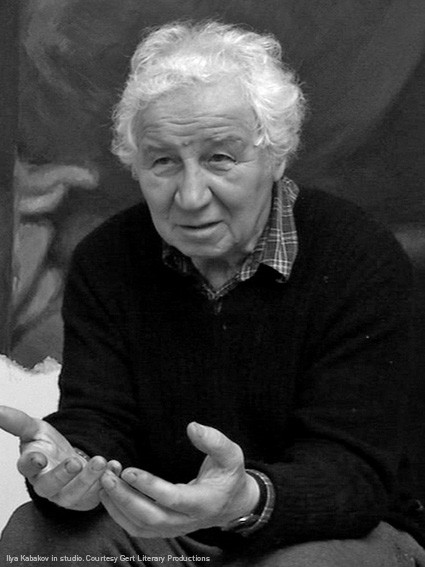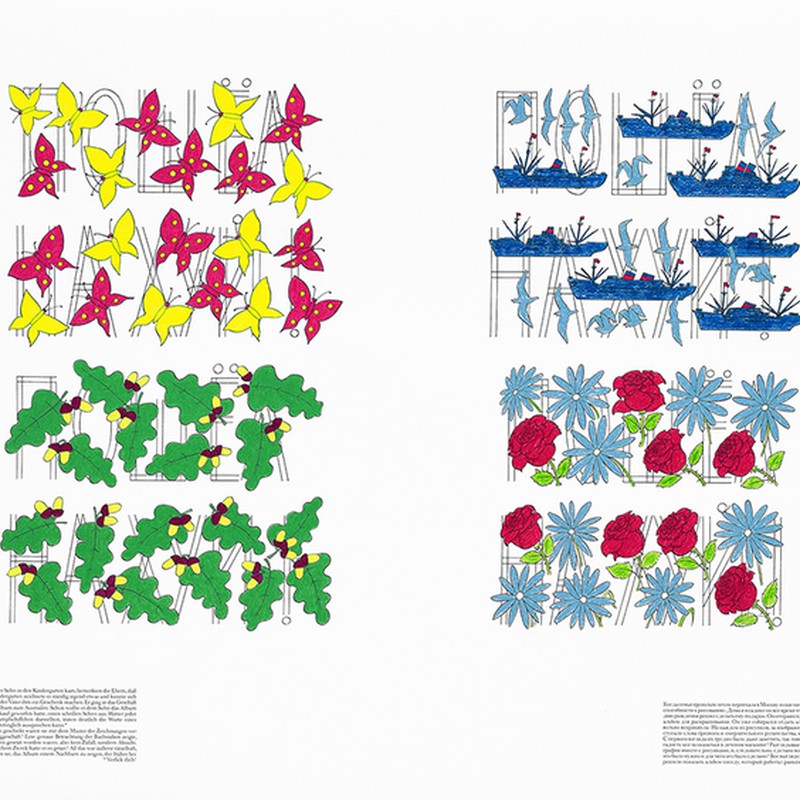
Ilya Kabakov
Russian artist Ilya Kabakov was born in 1933. He worked in Moscow from 1950 to 1980 and settled in the United States of America. one of the great names in conceptual art.
He trained as a graphic artist and was a book illustrator during the 1950s in Moscow. During that decade he began experimenting with abstract forms and became an important figure in the circle of dissident artists and intellectuals. This group, critical of the Soviet government and its repressive practices, produced a varied artistic production that ranged from poetry to visual arts and cinema.
In 1988 Kabakov emigrated to the West and settled in Paris, then moving to New York where he settled. Since then is He is internationally awarded and his works are exhibited throughout Europe and the United States, with a prominent presence at Documenta in Kassel, Venice Biennale, Whitney Biennial and Reina Sofía in Madrid.
Kabakov's work is This is marked by his training as a graphic artist and by his observation of the lives of citizens under the communist regime. Belonging to the Conceptual art, his creations are born from social analysis and are part of the activist movement that encourages the viewer to take action. reflection and reflection position taking.
The author's famous installations are complex, ironic constructions with satirical discourse, with objects, images and texts recreating depressing environments of community and clinical experiences. mental spaces, classroom and work spaces. They talk as much about the conditions of post-StalinistRussia as they do about the universal human condition.
Today Kabakov is recognized as the most important Russian artist to emerge at the end of the 20th century.
